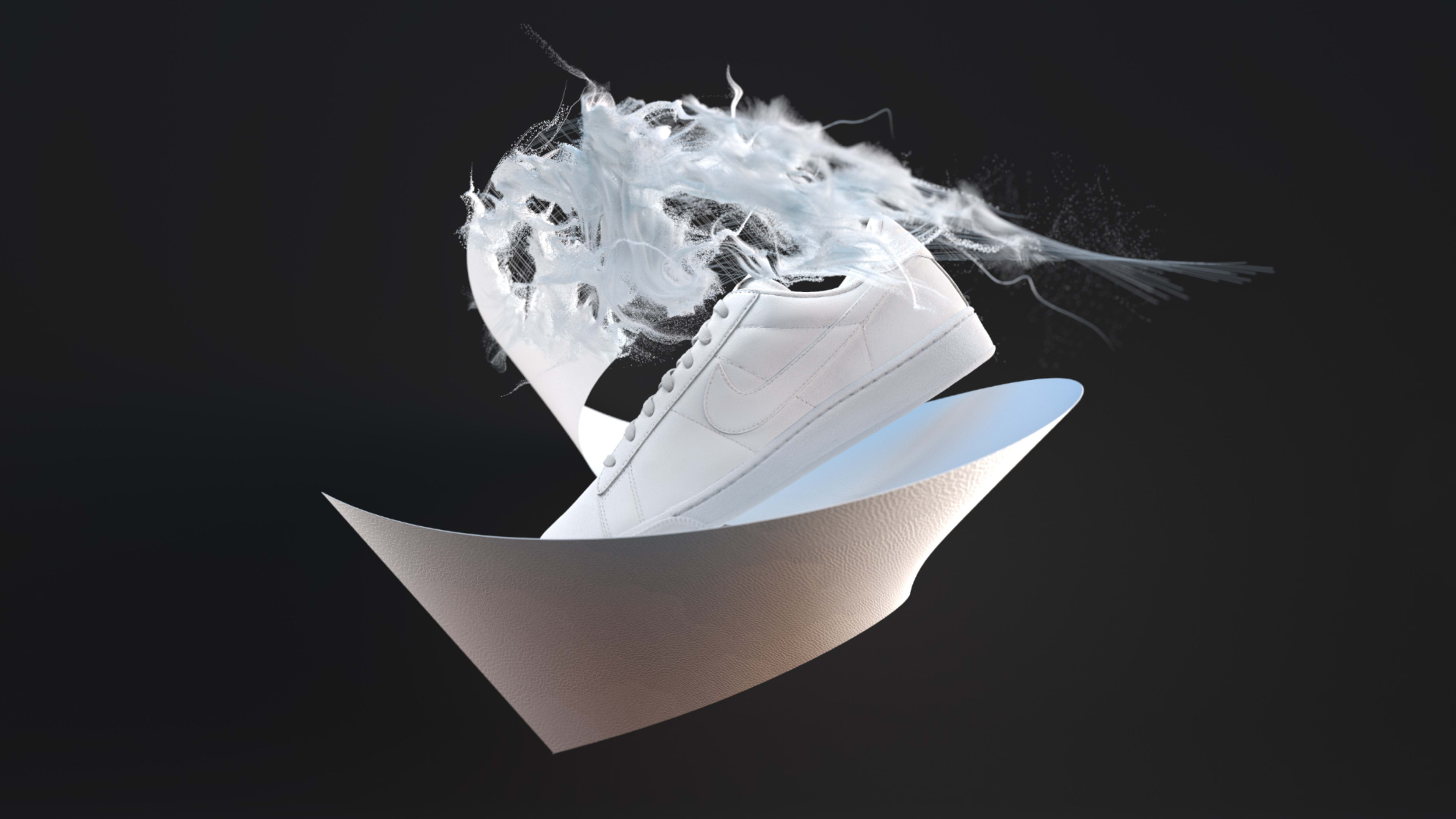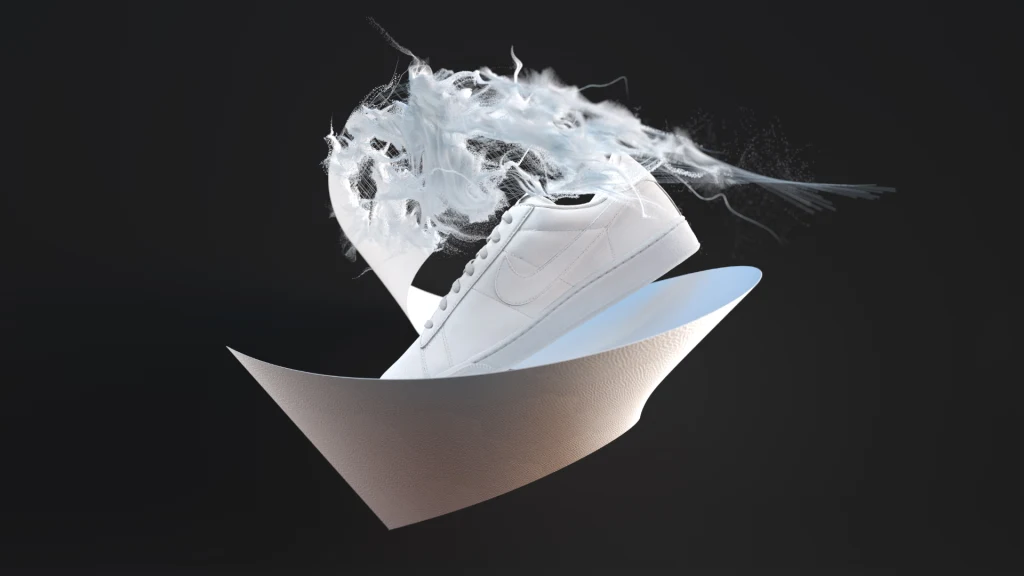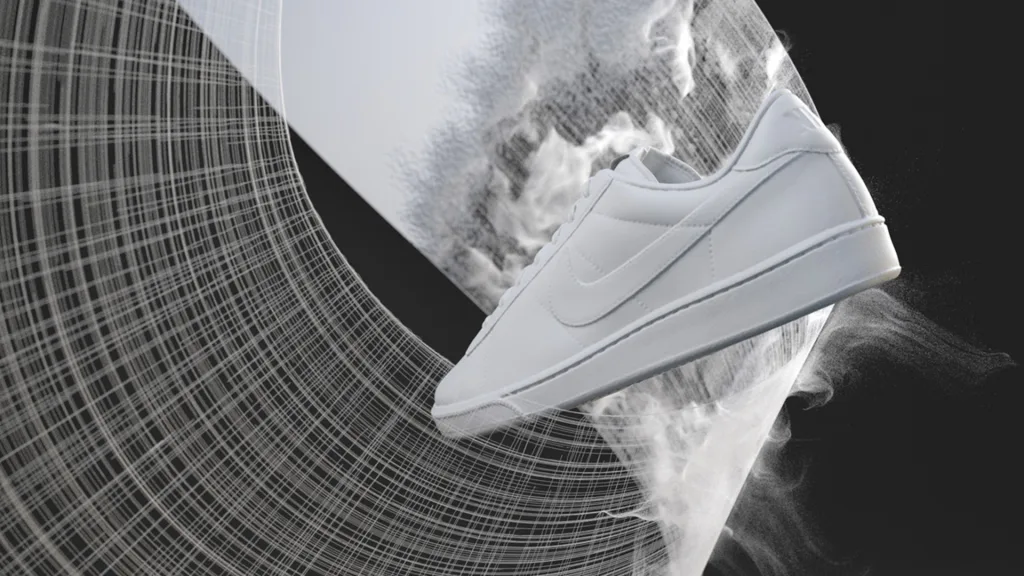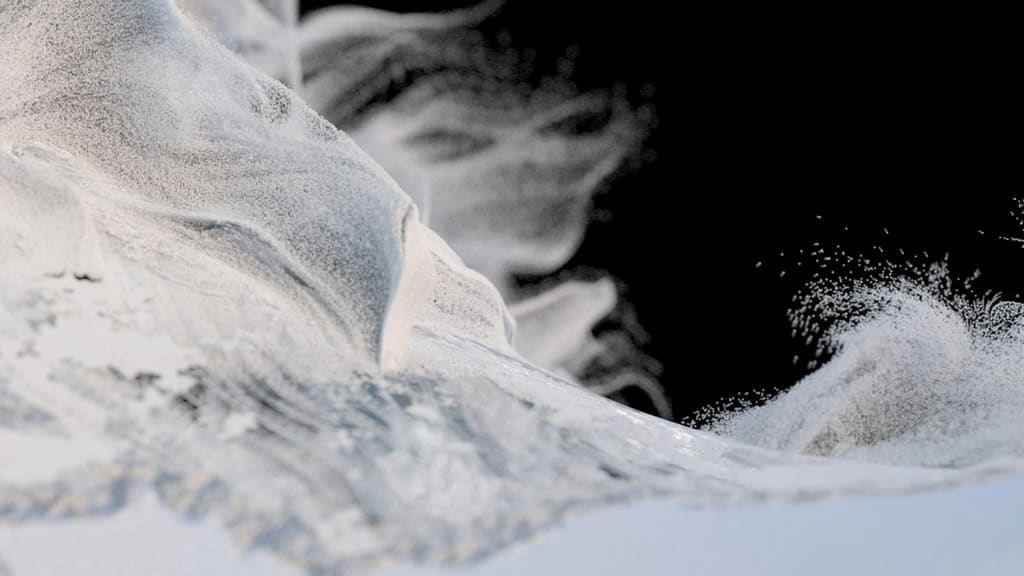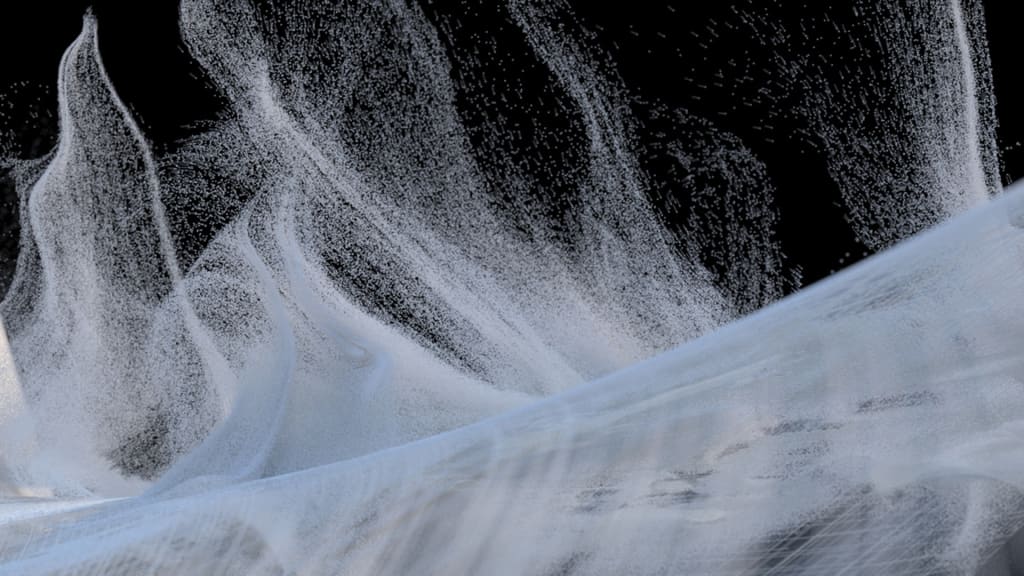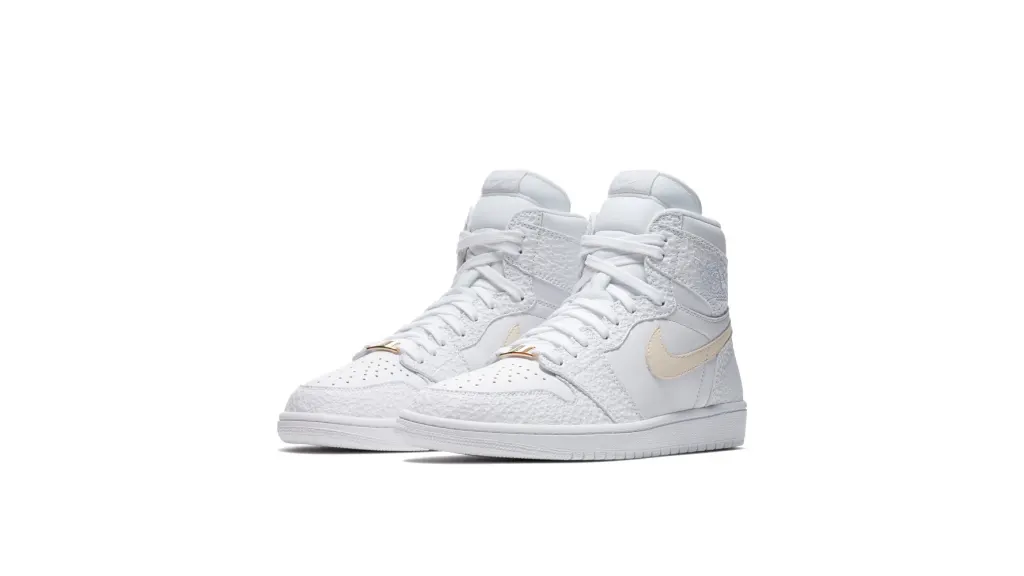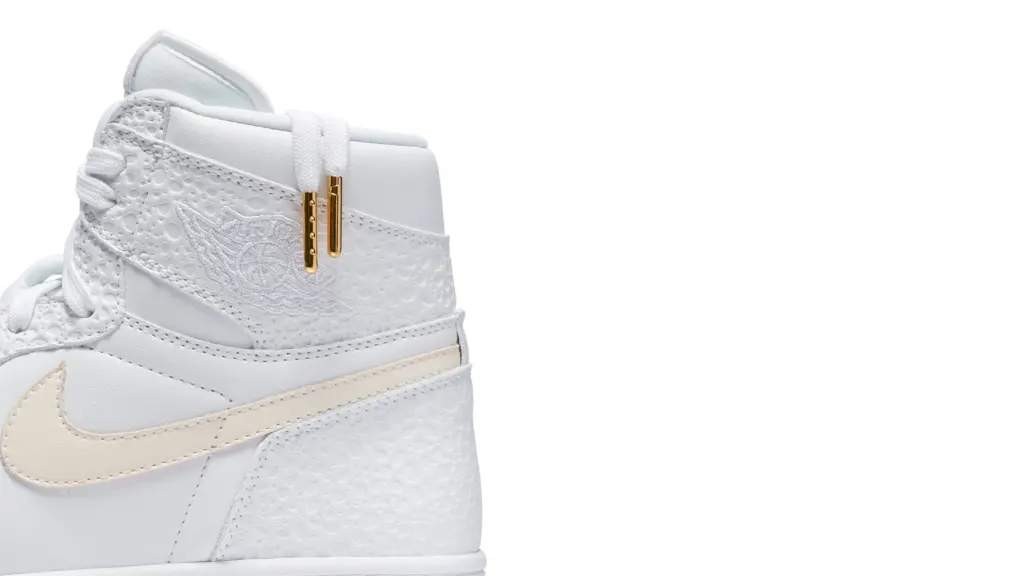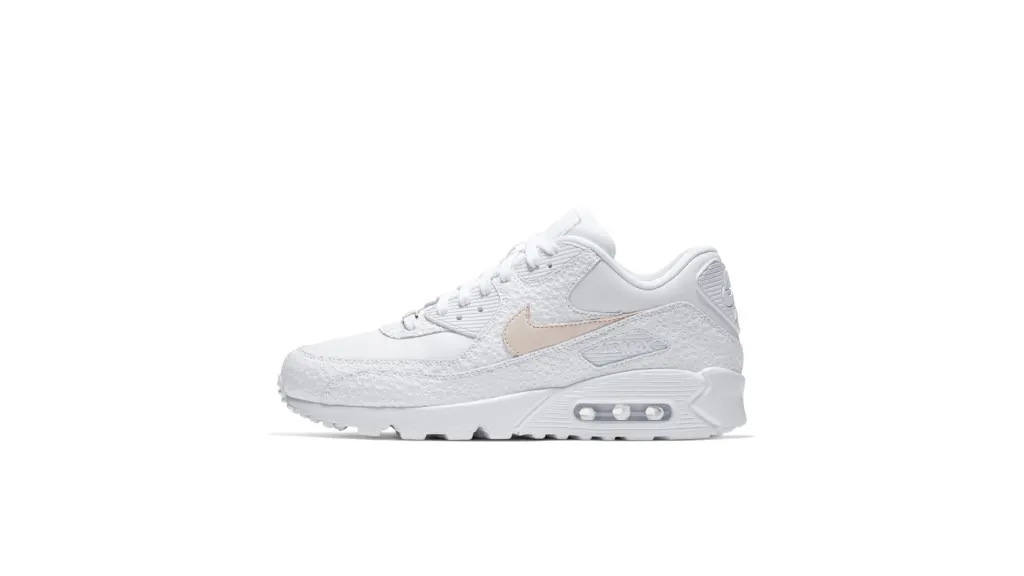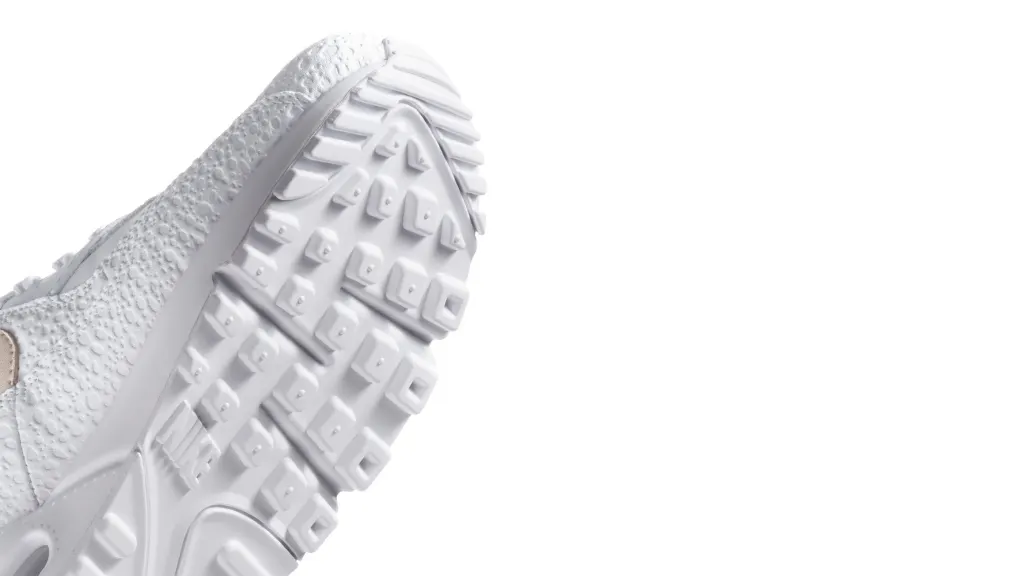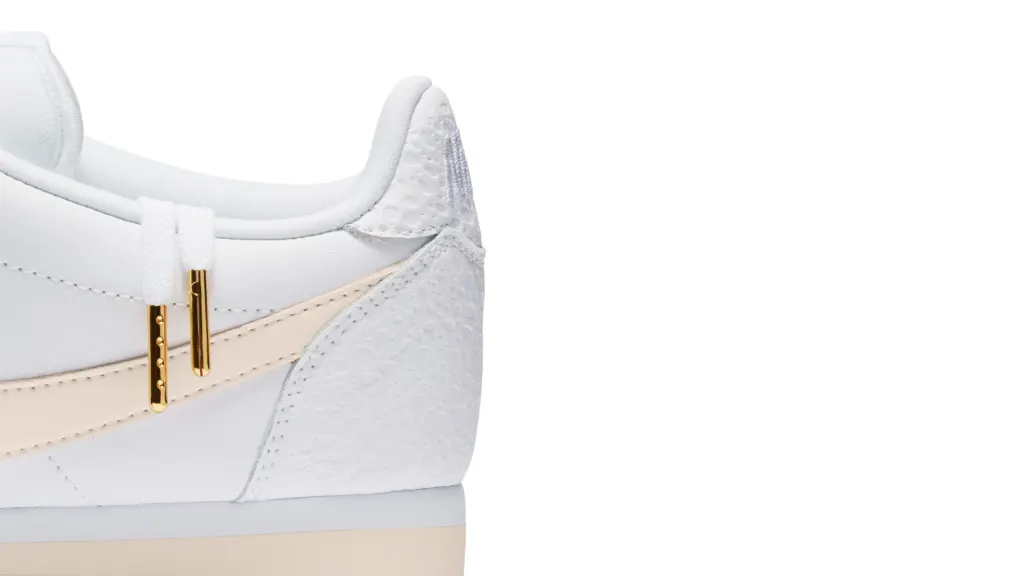At a factory making leather for shoes, 30% of a cow’s hide–and sometimes more–can end up as scraps on the floor, in pieces too small or blemished to be used. Instead of sending the scraps to landfill, Nike is beginning to turn them into a new material.
A new pair of shoes made out of the material, called Flyleather, looks and feels like it’s made from premium leather. But the material is made by turning scraps of leather into fibers and then blending those recycled fibers with synthetic ones. (Nike collaborated with the U.K.-based company E-Leather, which uses a similar process to make recycled leather for seats on airplanes and trains, to make a material that would work for its shoes). For Nike, it’s a way to cut one of the largest sources of its carbon emissions; the material, which uses at least half recycled leather, has a carbon footprint 80% lower than traditional leather and uses 90% less water. It’s also lighter than leather, and more durable.

Nike’s Flyknit shoes, for example, which use knitted fabric on upper of the shoe, have reduced more than 3.5 million pounds of waste since they were introduced in 2012. Flyleather can also be produced in a way that avoids as many scraps while cutting, since it is made in rolls rather than having the irregular shape of a hide.
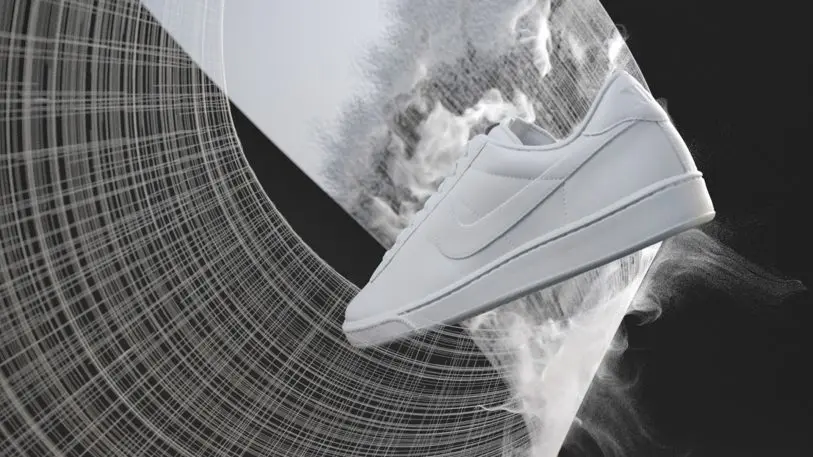
“Sustainable innovations are delivering a pipeline of sustainable products and services that unlock competitive advantage,” says Jones. “That means we must hold some ideas close. When a sustainable innovation is competitive, we focus on building innovation partnerships, investing in startups, emerging technologies and new science. We test and prototype solutions, and then we take them to commercial scale.”
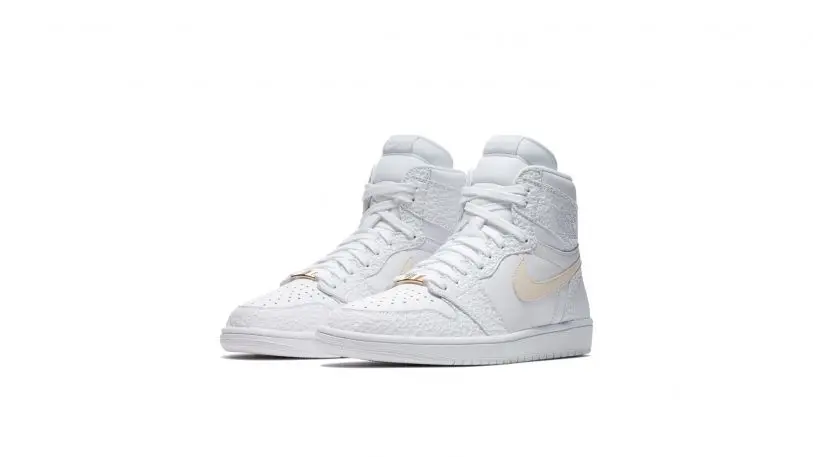
For Nike, one next step might be figuring out how a Flyleather shoe can be recycled at the end of its life. “Nike’s vision is that our products will be ‘closed loop’–that is, they will use the fewest possible materials and be assembled in ways that allow them to be readily recycled into new products,” says Jones. “Our long-term vision is to create a continuous loop without waste. As a company, we are innovating materials and manufacturing processes as we work towards finding a solution to this complex issue, and exploring how Flyleather can be recycled and reimagined back into new materials in the future.”
Recognize your brand’s excellence by applying to this year’s Brands That Matter Awards before the early-rate deadline, May 3.
